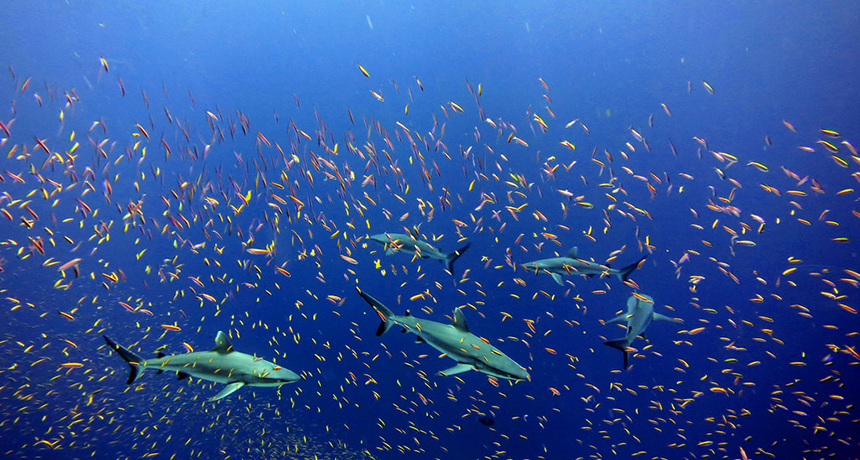Questions for ‘Cool Jobs: Science deep beneath the waves’

The seas are full of many wonderful creatures, but scientists have plumbed only a small fraction of the ocean’s depths.
Kelvin Gorospe/NOAA/NMFS/Pacific Islands Fisheries Science Center Blog/Flickr (CC-BY 2.0)